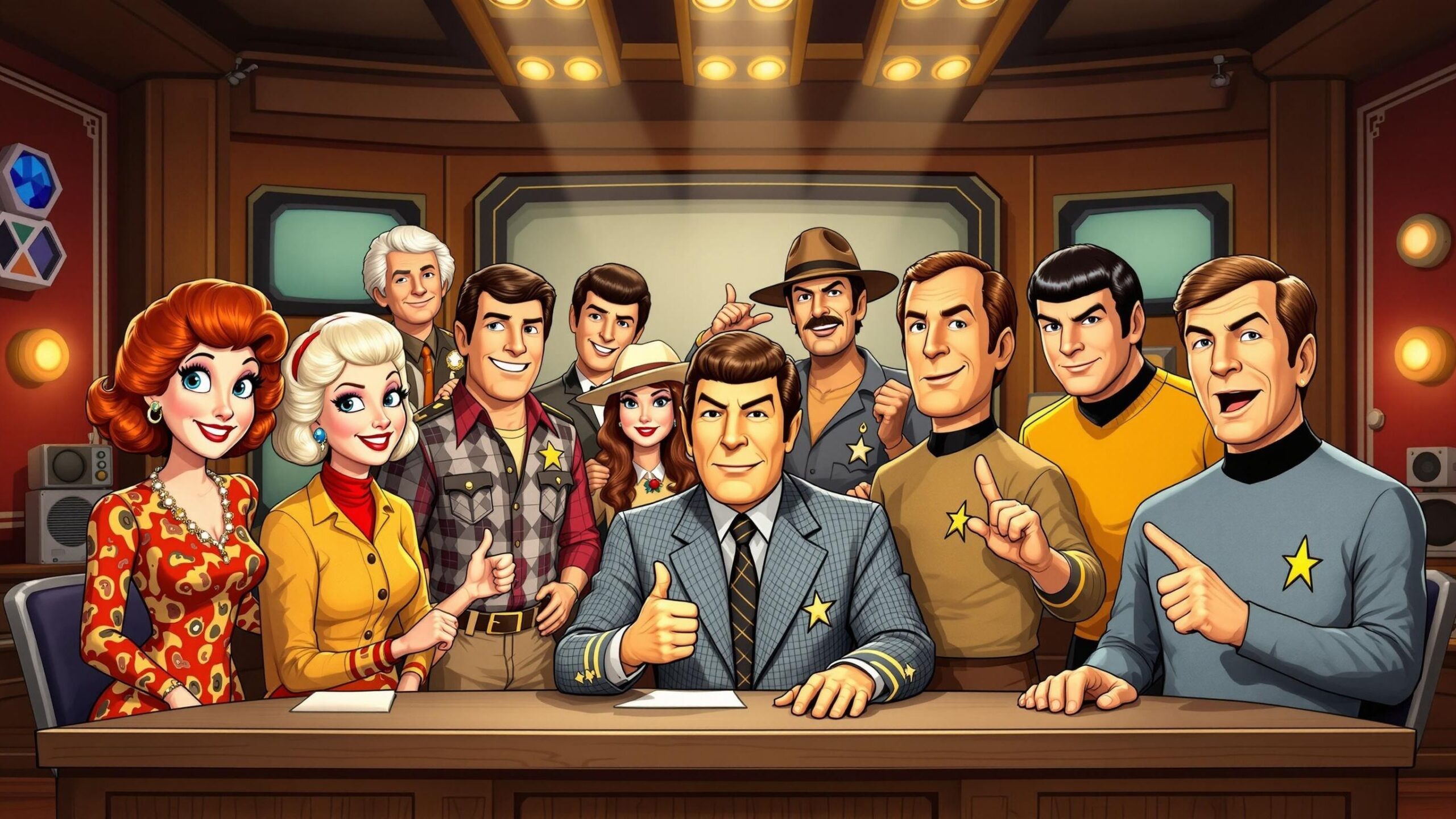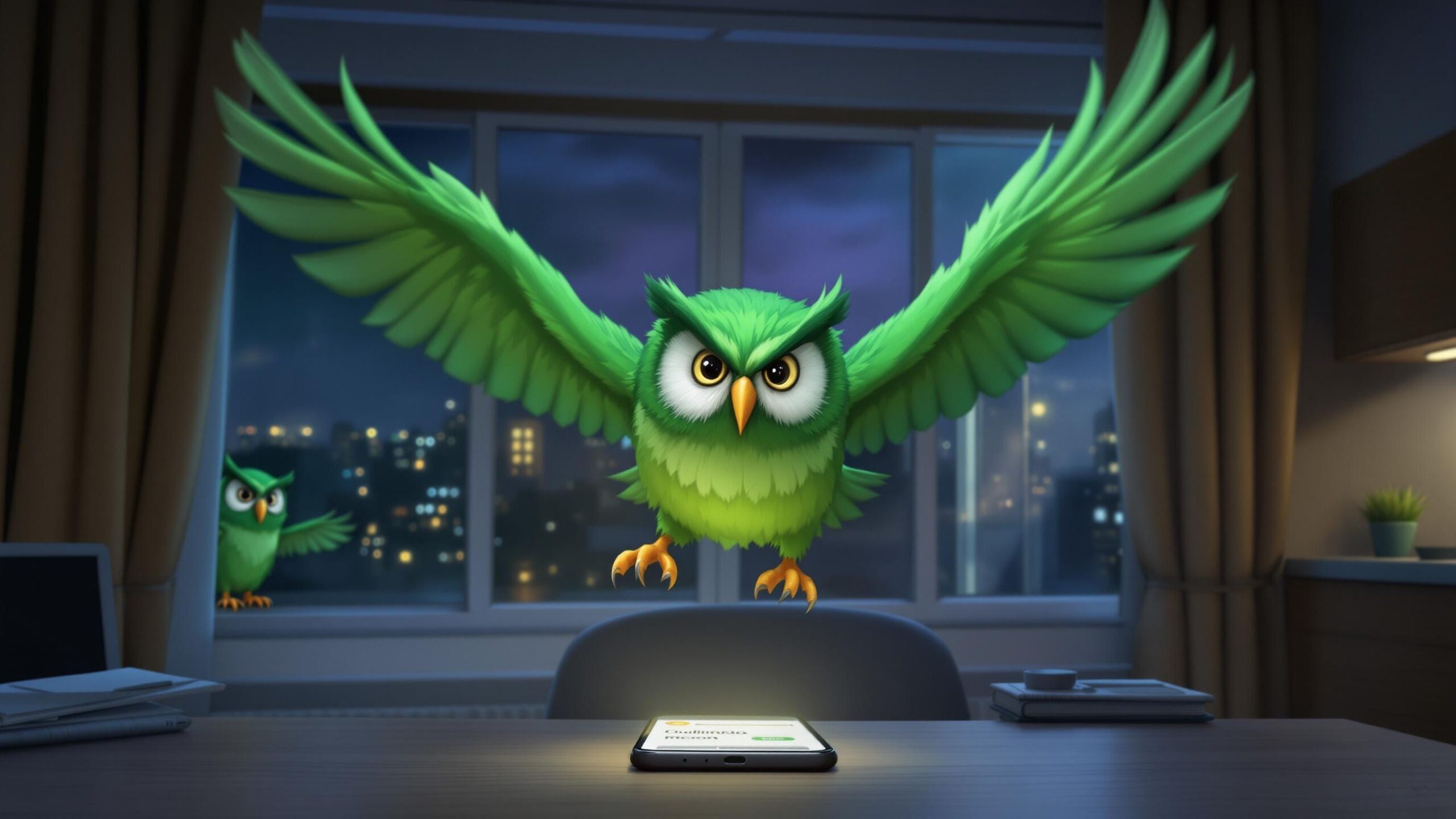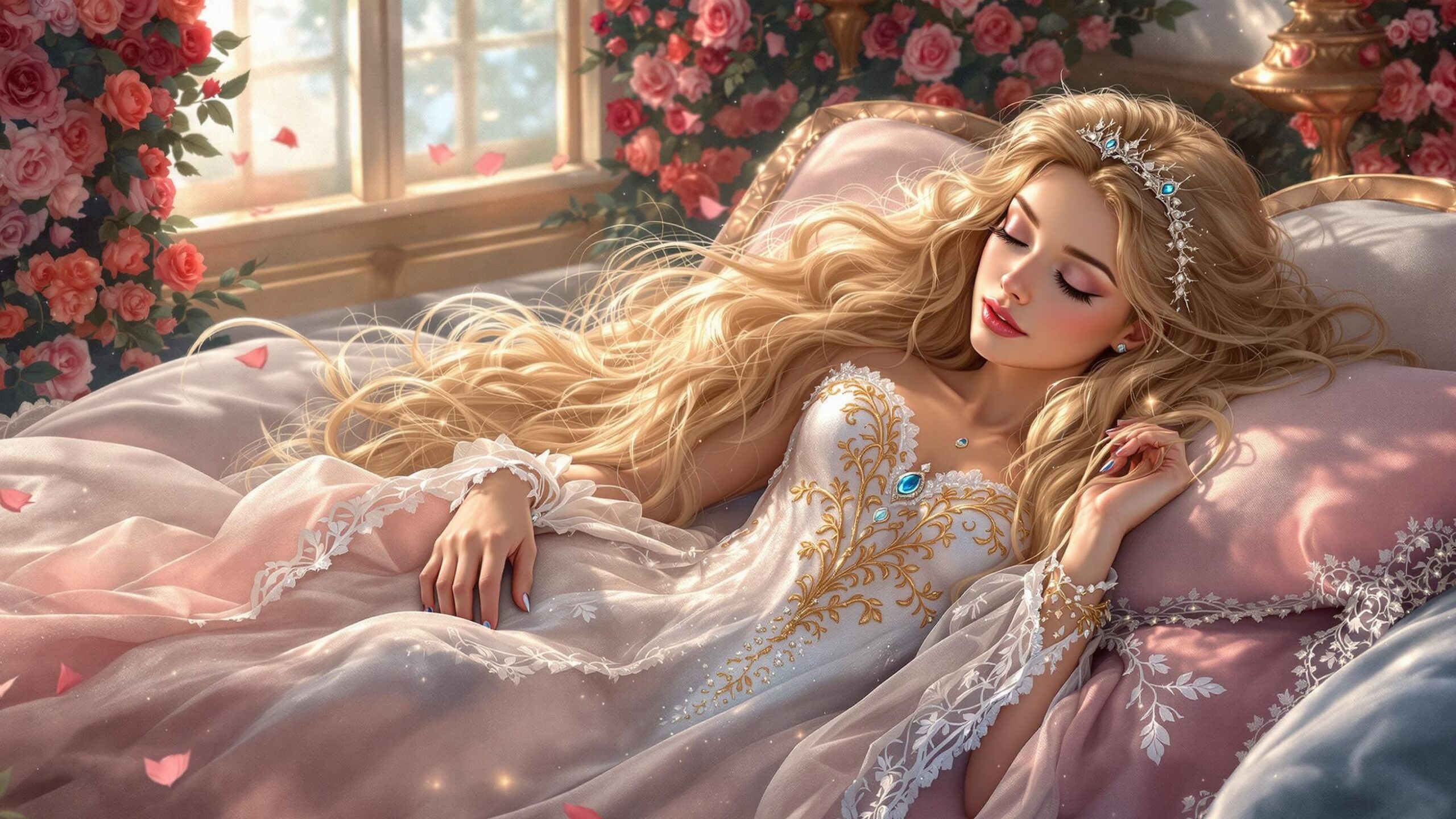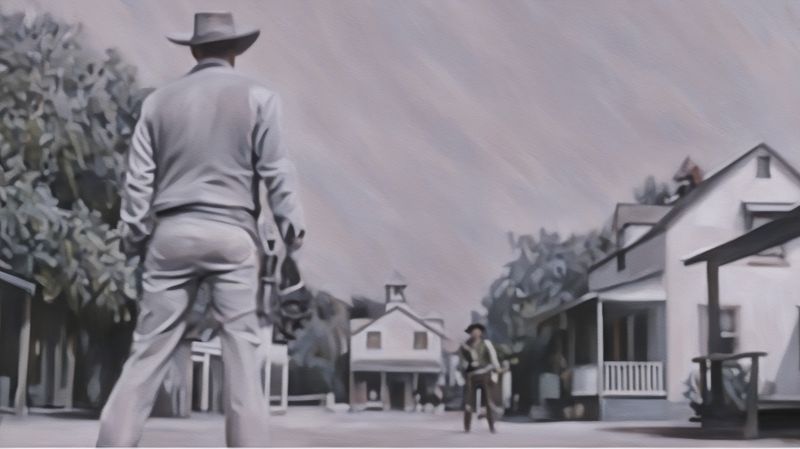Classic television has given us some of the most iconic and enduring characters in entertainment history. These personalities weren’t just memorable—they helped define eras, inspire generations, and set the blueprint for characters that came after them. Whether through humor, charm, resilience, or just sheer uniqueness, these figures continue to be celebrated long after their final episodes aired. From sitcom legends to dramatic heroes, here are the Top 10 Classic TV Characters of All Time, ranked by cultural impact, memorability, and lasting relevance.
#1: Lucy Ricardo
Lucille Ball’s portrayal of Lucy Ricardo in I Love Lucy isn’t just television royalty—it’s foundational to the very idea of sitcom stardom. With her fiery red hair, expressive face, and fearless physical comedy, Lucy became America’s sweetheart in the 1950s and set the gold standard for comedic timing. One of the most unforgettable episodes, “Job Switching,” features Lucy and Ethel working in a chocolate factory—an iconic scene where Lucy frantically stuffs chocolates into her mouth and hat as the conveyor belt speeds up. This moment alone is often cited as one of the greatest comedic bits in television history. But Lucy was more than just laughs; her character reflected the ambitions of post-war American women who wanted more than domestic life. Behind the scenes, Lucille Ball became the first woman to run a major television studio, Desilu Productions, which produced Star Trek and The Untouchables. Lucy’s influence stretches far beyond her own show; modern comedy owes her a debt. She made physical humor accessible and female-driven comedy mainstream, long before it was the norm.

#2: Archie Bunker
Archie Bunker from All in the Family is as controversial as he is classic. Played by Carroll O’Connor, Archie was a blue-collar, conservative, outspoken Queens resident who often voiced bigoted opinions in politically incorrect ways. What made Archie such a groundbreaking character was the show’s refusal to sanitize him. Instead, All in the Family let Archie’s outdated views clash with the evolving culture of the 1970s, especially through interactions with his liberal son-in-law, Michael “Meathead” Stivic. The show wasn’t afraid to dive into uncomfortable topics like racism, women’s rights, and war. One of Archie’s most famous quotes, “Stifle yourself,” said to his long-suffering wife Edith, perfectly captures his gruff demeanor. And yet, audiences didn’t just dismiss Archie as a villain—they saw his humanity. Through Archie, Norman Lear created one of the most nuanced characters on TV: a man stuck between old-world thinking and a rapidly changing America. While he wasn’t always likable, he was always real.
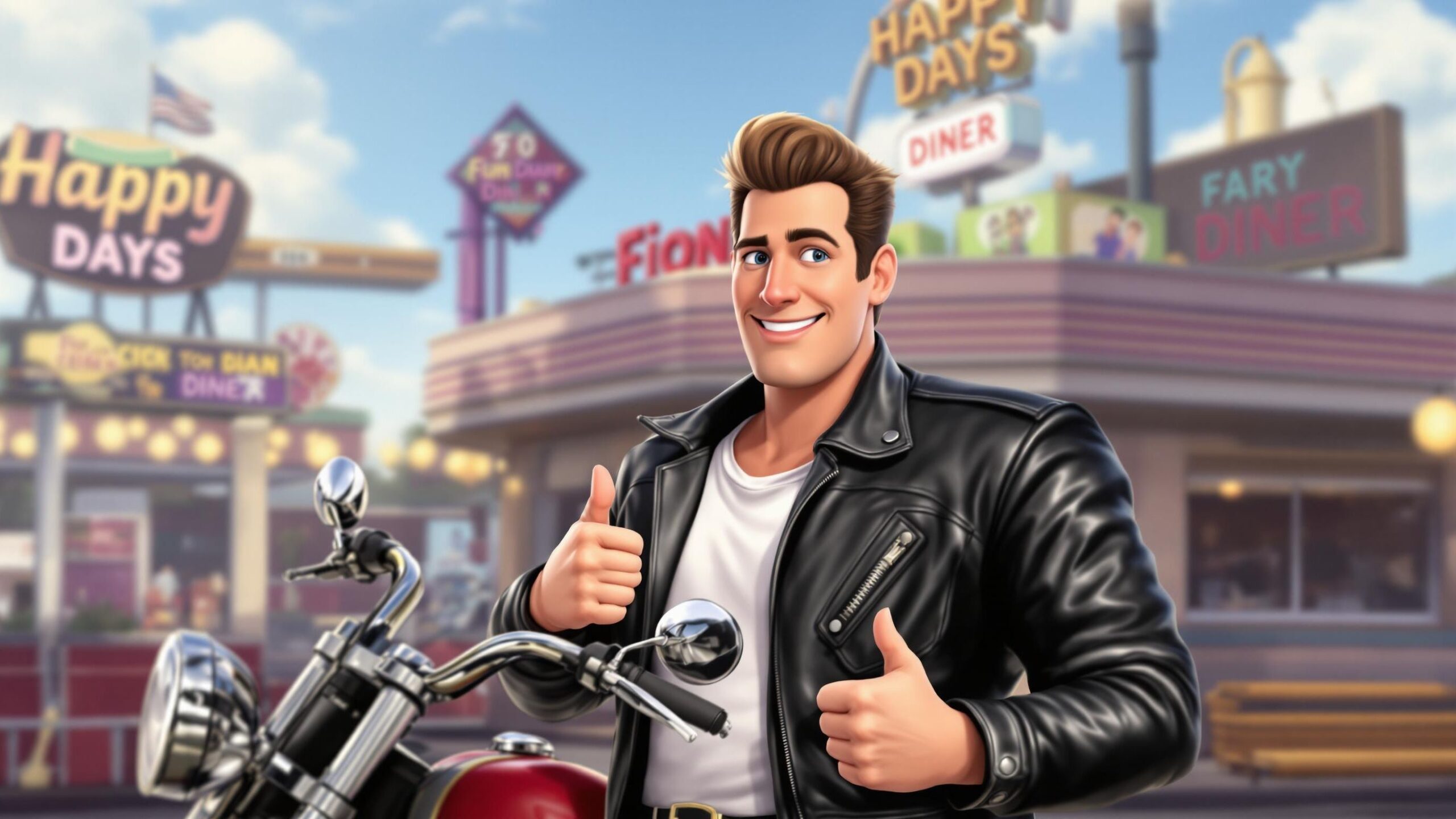
#3: Fonzie
Arthur Fonzarelli, better known as “The Fonz” from Happy Days, defined cool in the 1970s. Played by Henry Winkler, Fonzie started as a side character and quickly stole the show with his leather jacket, motorcycle, and smooth catchphrases like “Ayyy!” Originally meant to be the bad-boy foil to Richie Cunningham’s clean-cut image, Fonzie became so beloved that producers toned down his rebellious nature and made him more of a role model. He became a surrogate older brother, protector, and friend, and even lived above the Cunninghams’ garage. There’s something universally appealing about Fonzie’s confidence—it wasn’t just surface-level swagger. Beneath the exterior was a kind, loyal man who stood up for the underdog. One of his most memorable moments? When he literally “jumped the shark” on water skis, spawning the now-famous phrase used to describe a show that’s past its prime. Despite that infamous stunt, Fonzie’s legacy remains untarnished: he’s still the coolest cat in classic TV history.
#4: Mary Richards
Mary Tyler Moore broke the mold when she played Mary Richards, a single, career-focused woman on The Mary Tyler Moore Show. Premiering in 1970, the series was revolutionary for its time, presenting Mary not as a wife or mother, but as an independent news producer in Minneapolis. The show handled everything from equal pay and women’s rights to friendship and dating with humor and grace. Mary’s signature toss of her hat in the show’s opening credits became a symbol of female empowerment. While she was kind-hearted and optimistic, she also faced real-world struggles, such as dealing with sexism in the workplace or navigating complicated relationships. Her boss, Lou Grant, provided a mentor figure without romantic tension, a rare depiction of platonic male-female dynamics. Mary was aspirational but approachable, and the impact of her character helped pave the way for shows like Murphy Brown, Ally McBeal, and even The Office’s Pam Beesly. Mary Richards was television’s quiet revolution.
#5: Sheriff Andy Taylor
Played with gentle charm by Andy Griffith, Sheriff Andy Taylor of The Andy Griffith Show embodied the idealized values of small-town America. As the sheriff of Mayberry, Andy raised his son Opie as a single father while maintaining peace in a town full of eccentric characters. What made Andy stand out wasn’t just his calm demeanor or wisdom—it was how he led by example. He rarely wore a gun, and he often resolved conflicts with patience, empathy, and common sense. The show’s wholesome humor and moral lessons struck a chord with audiences during the turbulent 1960s. Andy’s friendship with his bumbling deputy, Barney Fife (played brilliantly by Don Knotts), provided one of television’s best comedic duos. Offscreen, Griffith had a hand in shaping many scripts and creative choices, ensuring the show’s tone remained grounded and positive. From whistling the show’s iconic theme to quietly dispensing fatherly advice, Andy Taylor remains a cultural touchstone for generations who long for a simpler time.
#6: Samantha Stephens
Elizabeth Montgomery’s portrayal of Samantha Stephens on Bewitched was enchanting in more ways than one. A witch who marries a mortal and tries to live a normal suburban life, Samantha’s struggles mirrored those of many women in the 1960s trying to reconcile traditional roles with growing independence. She had incredible magical powers but often had to suppress them to please her husband Darrin and fit into society. The show used whimsy and humor to explore themes of conformity, gender dynamics, and self-identity. Samantha’s iconic nose twitch—actually a camera trick involving lip movement—became one of the most recognizable gestures in TV history. Though often underestimated because of the show’s light-hearted tone, Bewitched offered sly commentary on the roles women were expected to play. Samantha’s intelligence, grace, and quiet resistance to control made her not just lovable but empowering. She was proof that you could be kind and strong, magical and grounded—all at once.
#7: George Jefferson
As the outspoken and ambitious star of The Jeffersons, George Jefferson (played by Sherman Hemsley) was a groundbreaking character who shattered stereotypes. A successful Black businessman who “moved on up” to the East Side, George was brash, funny, and unafraid to speak his mind. He began as a supporting character on All in the Family but quickly became popular enough to warrant his own spin-off. His sharp wit and take-no-prisoners attitude made him a comedic force, but beneath the tough exterior was a man deeply committed to his family. George’s relationship with his wife Louise (affectionately known as Weezy) was one of mutual respect and love—a rarity for sitcom couples of the era. The show explored issues like racism, classism, and interracial marriage, often with humor but always with purpose. George Jefferson wasn’t just a character—he was a bold statement about success, pride, and progress during a time when such portrayals were still uncommon.
#8: Gilligan
Gilligan, the lovable screw-up from Gilligan’s Island, was played by Bob Denver with an endearing innocence that made him unforgettable. Clumsy, naive, and always well-meaning, Gilligan was the glue that held the mismatched castaways together, even if he was usually the reason they remained stranded. The show’s slapstick humor and absurd scenarios masked deeper themes of cooperation, social satire, and survival. Despite often foiling their escape plans, Gilligan was fiercely loyal and endlessly optimistic. He wore his trademark red shirt and sailor’s hat like a uniform of innocence. Interestingly, though the show was considered campy in its day, it gained cult status in later years for its surreal tone and quirky charm. Bob Denver’s commitment to the role made Gilligan more than a punchline—he was the heart of the island, a symbol of good intentions gone hilariously awry. Whether you watched as a child or rediscovered it in reruns, Gilligan always brought a smile.
#9: Barney Fife
Don Knotts’ portrayal of Deputy Barney Fife on The Andy Griffith Show is a masterclass in comedic acting. Nervous, excitable, and hilariously incompetent, Barney was the perfect foil to Andy Taylor’s calm presence. Armed with one bullet (which he had to keep in his pocket), Barney saw himself as a tough enforcer of the law, even though his attempts at authority usually ended in chaos. What made Barney more than just comic relief was Knotts’ ability to inject heart into the role. You couldn’t help but root for him, even when he was making a mess of things. Knotts won five Emmy Awards for his performance, and it’s easy to see why. His physical comedy, high-pitched voice, and exaggerated bravado made him instantly iconic. Behind the scenes, Knotts and Griffith had real chemistry, and their on-screen friendship remains one of the most beloved in TV history. Barney Fife was a small-town hero with big-city dreams and a heart of gold.
#10: Mr. Spock
Leonard Nimoy’s portrayal of Mr. Spock on Star Trek: The Original Series made him one of the most enduring figures in science fiction—and classic TV overall. Half-human, half-Vulcan, Spock was the embodiment of logic, reason, and internal conflict. His iconic raised eyebrow, calm demeanor, and the Vulcan salute (“Live long and prosper”) became cultural landmarks. What made Spock so compelling was his struggle to reconcile his human emotions with his Vulcan discipline. This duality gave the show philosophical depth and made Spock the moral compass of the crew. He wasn’t the captain, but in many ways, he was the soul of the Enterprise. Fans adored his friendship with Captain Kirk and Dr. McCoy, and his sacrifice in The Wrath of Khan remains one of TV and film’s most emotional moments. Off-screen, Nimoy’s own connection to the role ran deep—he even wrote a book titled I Am Not Spock, then later I Am Spock. Mr. Spock is not only a symbol of logic but a reminder of what it means to be human.
From magical housewives and fearless space travelers to bumbling deputies and groundbreaking sitcom leads, these characters are more than just figures on a screen—they’re part of the fabric of our cultural memory. They made us laugh, cry, and think, often in the same episode. Classic TV didn’t just entertain—it helped shape how we see family, identity, leadership, and humor. These ten characters stood the test of time, and their legacies continue to influence television today. Whether you’re revisiting them or discovering them for the first time, one thing is clear: these legends will never go out of style.

